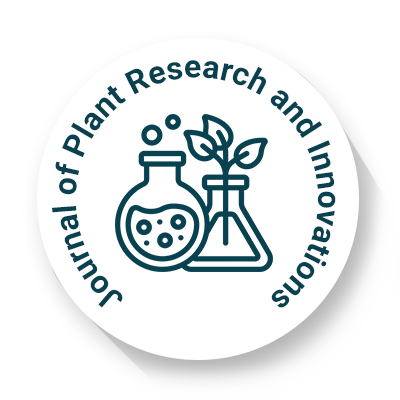
Journal of Plant Research and Innovations
OPEN ACCESS

OPEN ACCESS
.jpg)
Aquatic and wetland vegetation are vital elements of the worldwide carbon cycle, providing significant opportunities to alleviate climate change through carbon sequestration. These organisms, which include submerged, emergent, and floating varieties, capture and store carbon dioxide from the atmosphere in their biomass and sediments, aiding in long-term carbon retention. Moreover, they are essential for water purification, as they absorb excess nutrients, eliminate pollutants, and help mitigate eutrophication in aquatic environments. While the ecological advantages of these plants are well-established, challenges such as the invasive characteristics of some species, management difficulties, and site-specific environmental conditions present considerable constraints. To fully harness their potential, future studies should concentrate on species selection, improved management techniques, and incorporating aquatic plants into constructed wetland systems. Enhancing our knowledge of their genetic, physiological, and ecological attributes can increase efficiency. This review explores how aquatic plants sequester carbon and their ability to lessen greenhouse gas emissions, underlining their significance as nature-based strategies for mitigating climate change. Additionally, the function of aquatic plants in improving water quality is examined, particularly their capacity to absorb nutrients, eliminate heavy metals, and detoxify contaminated water bodies. Species like Eichhornia crassipes (water hyacinth) and Phragmites australis (common reed) are emphasized in their combined advantages in carbon capture and water purification.